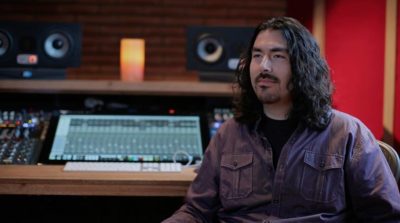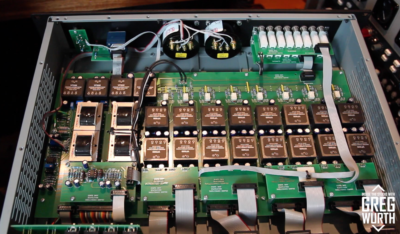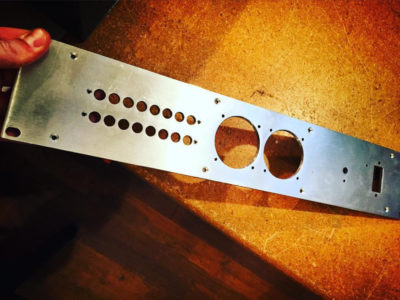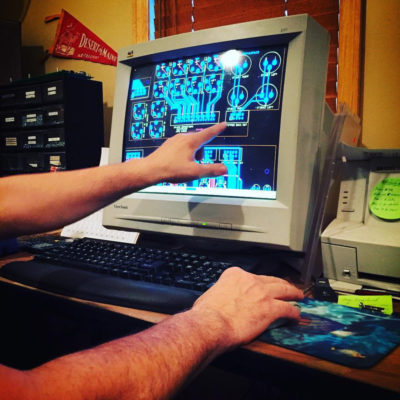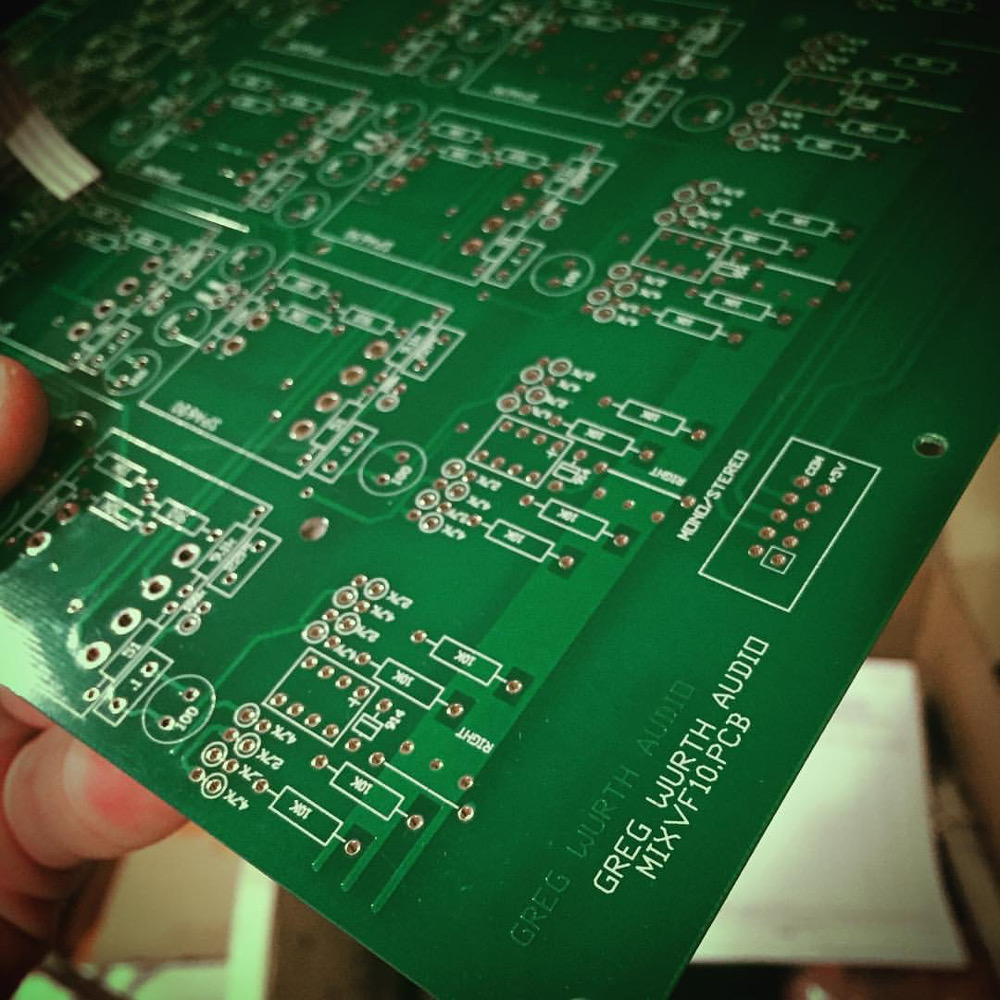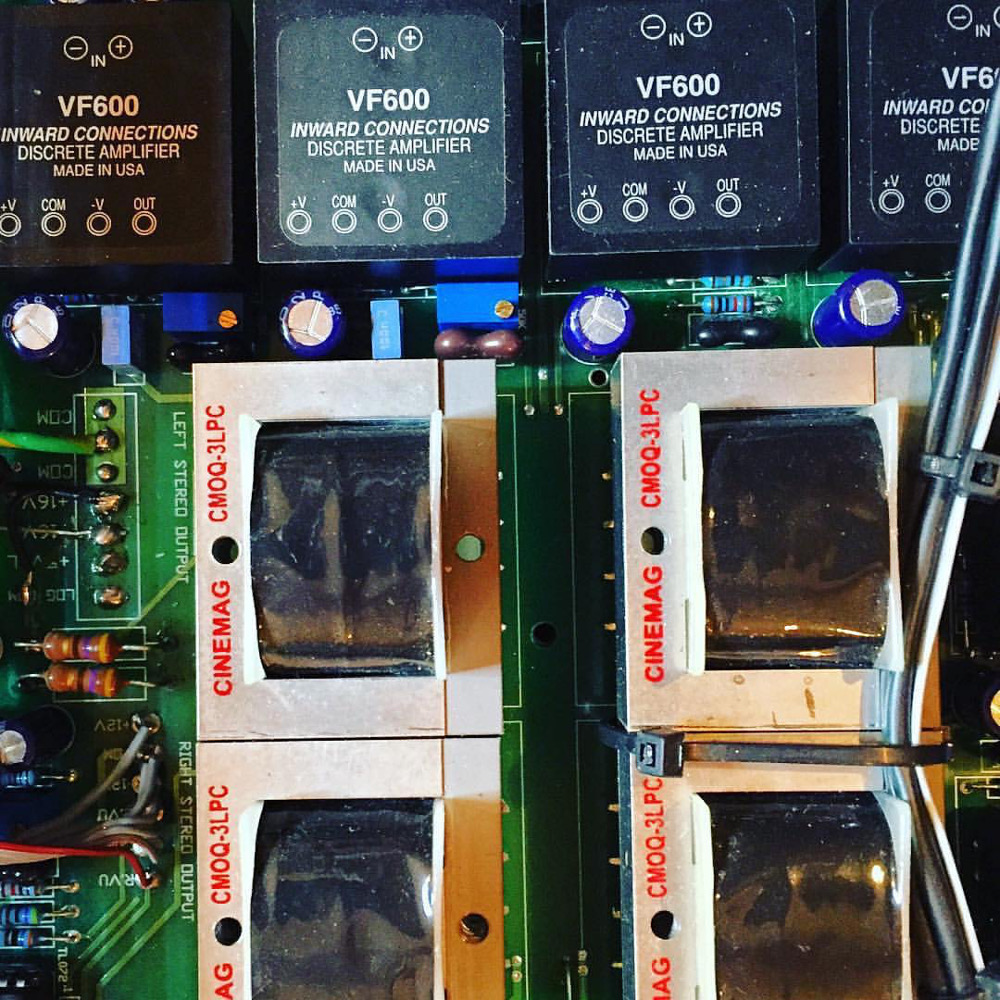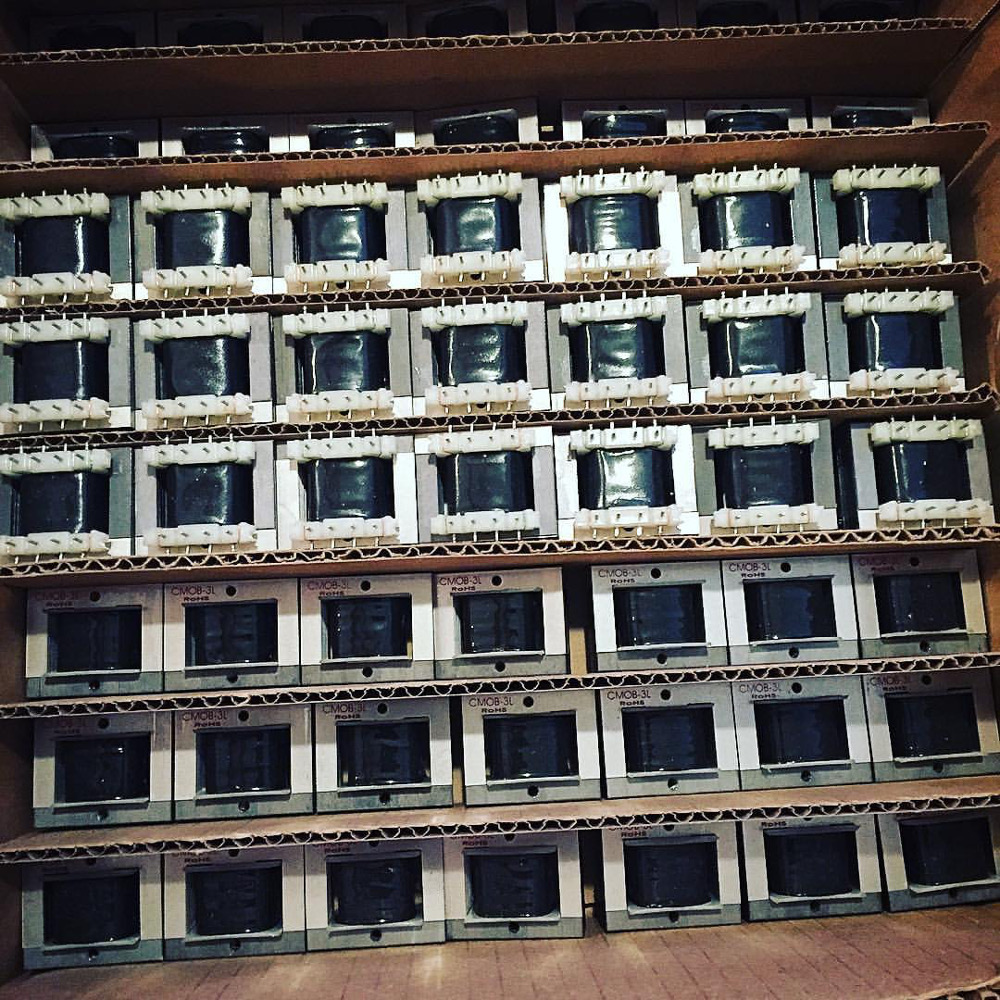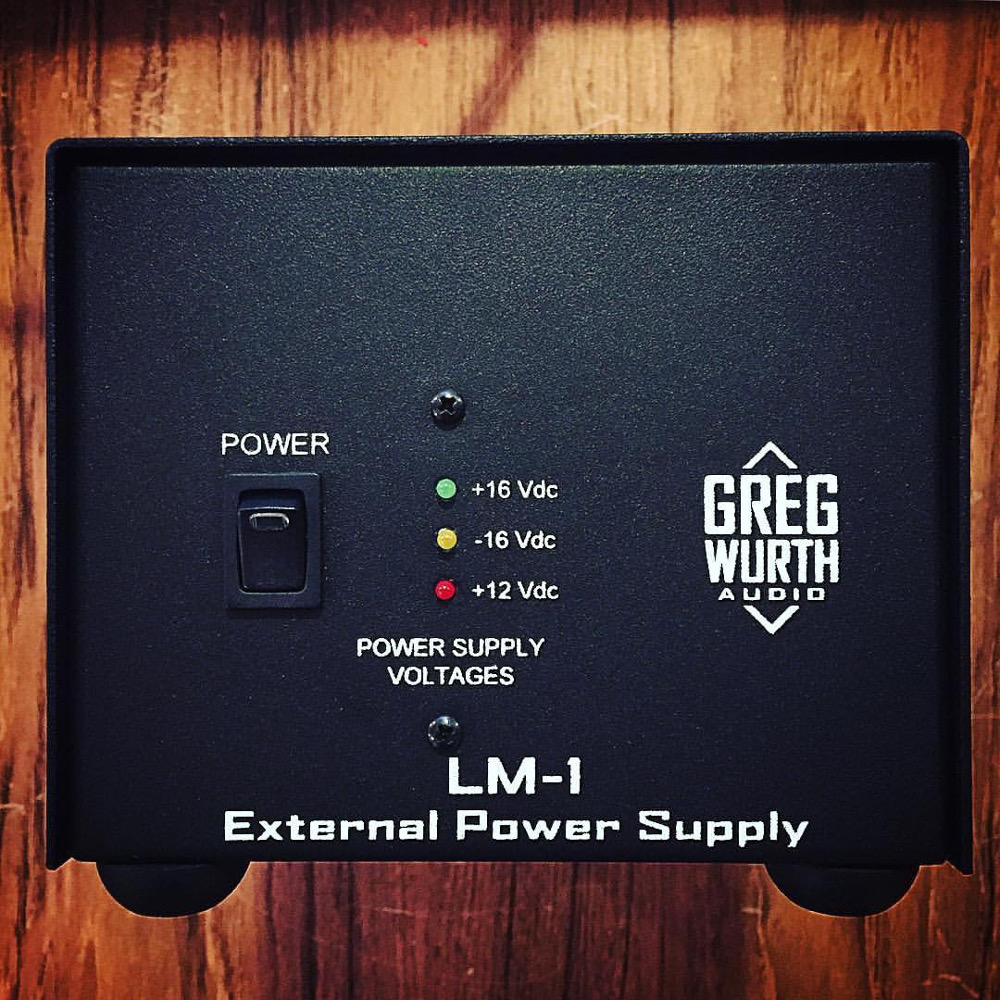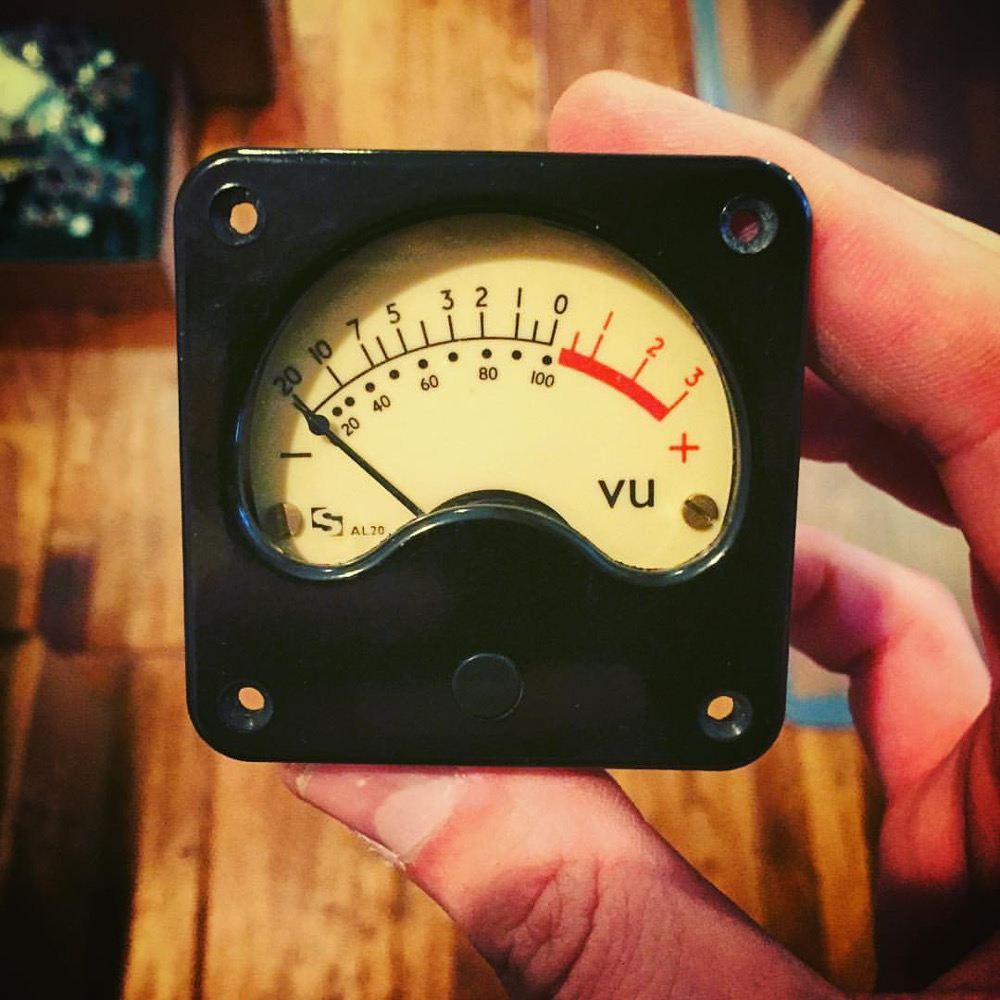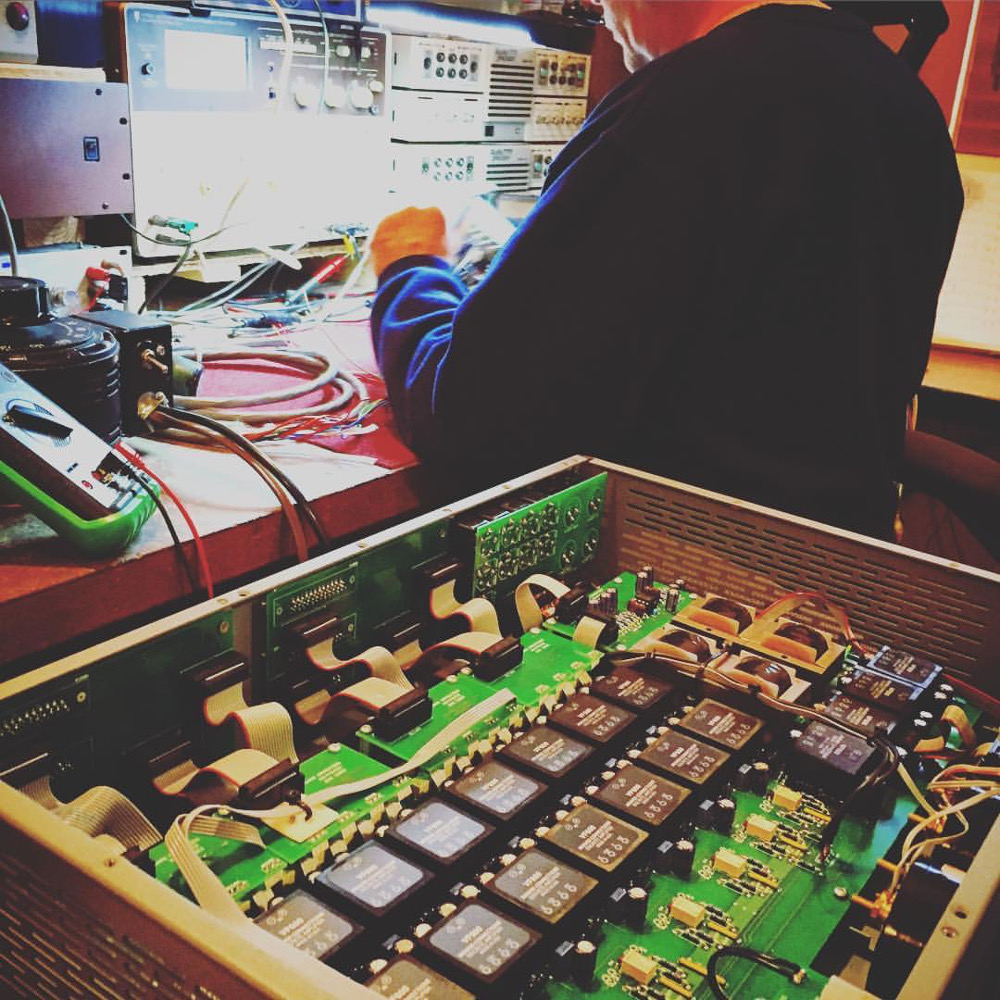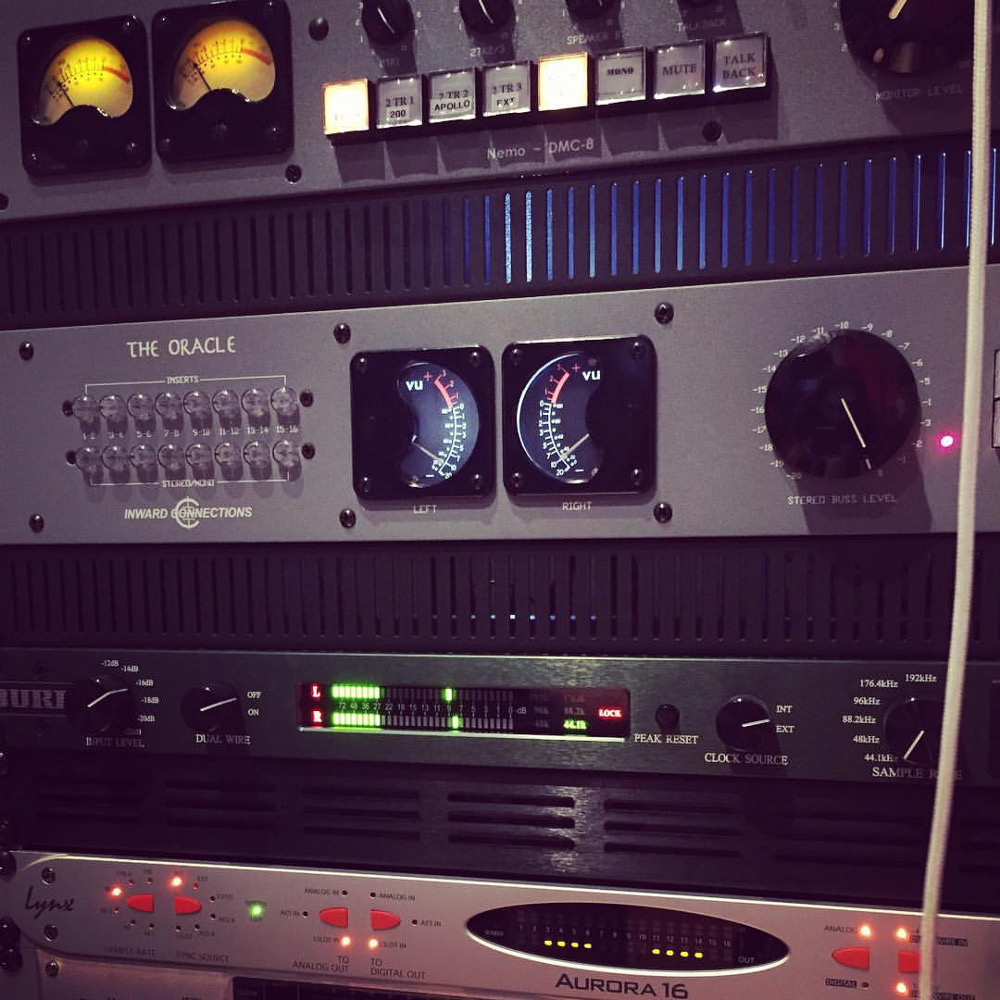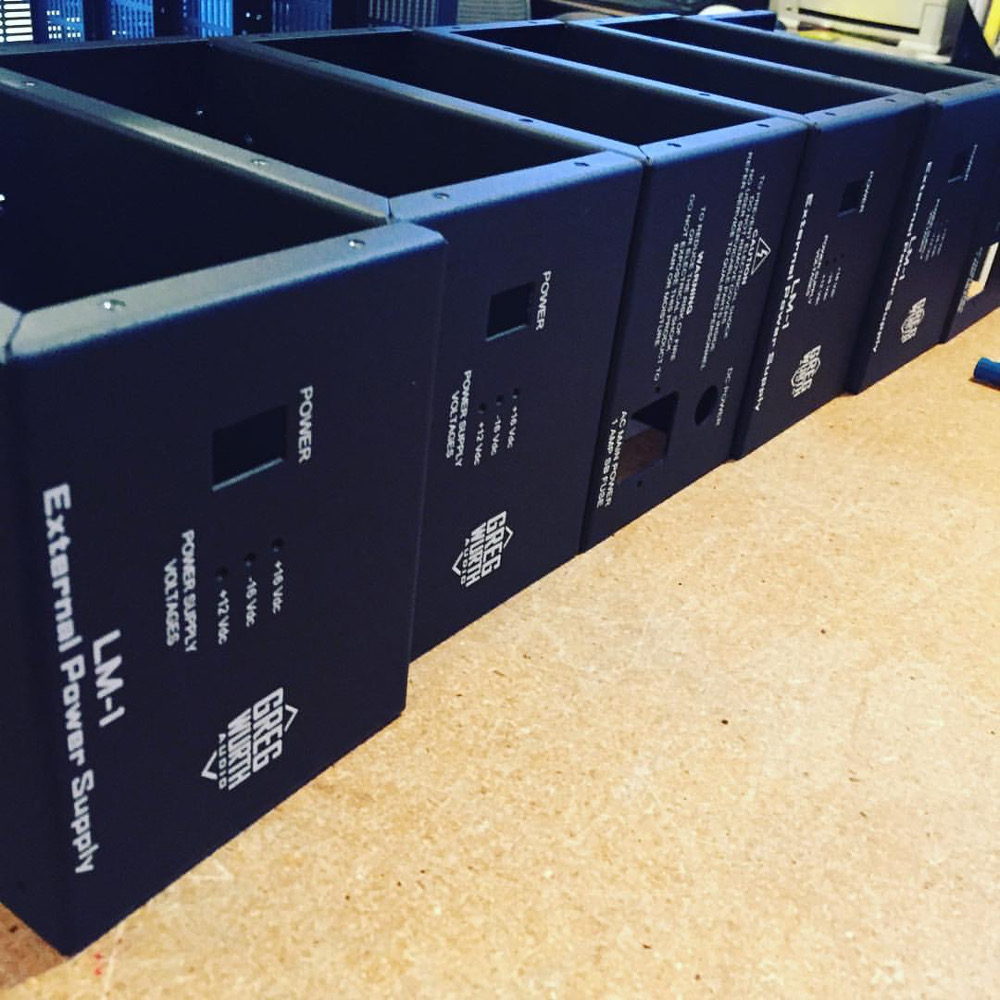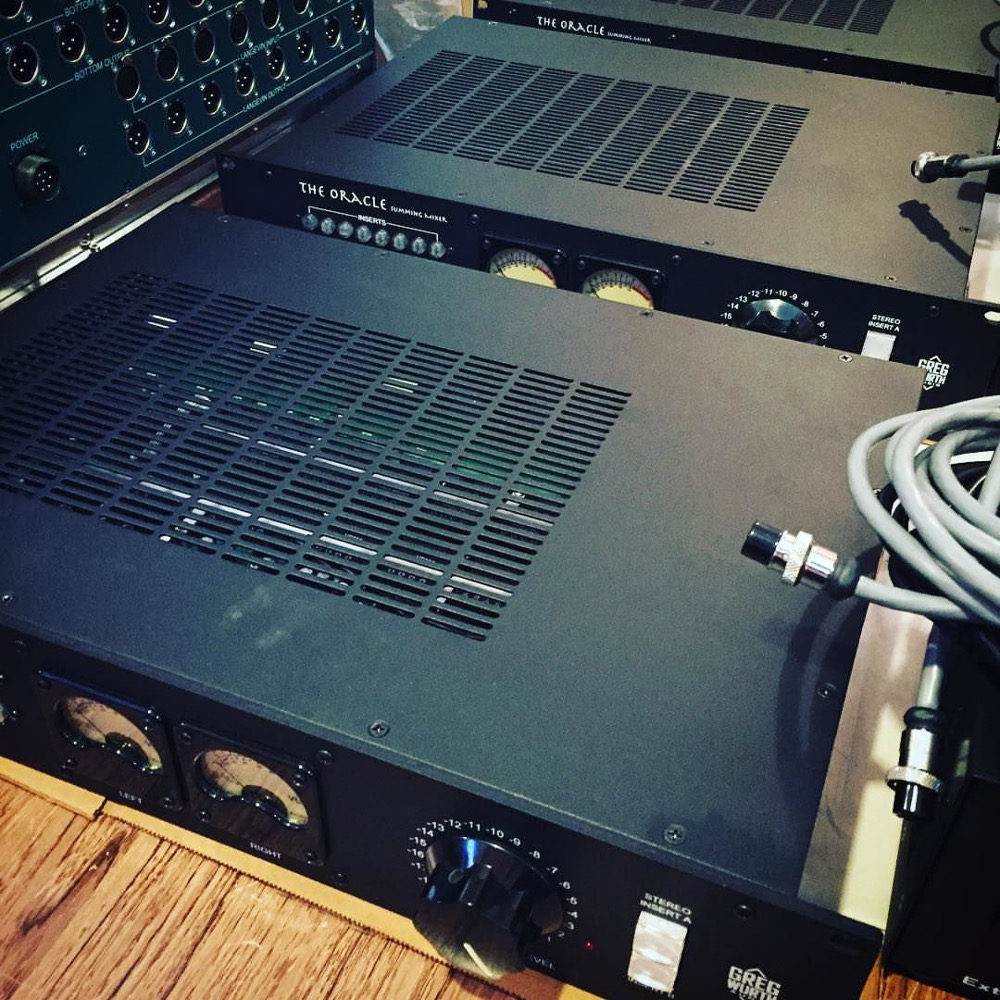Research & Development: The Oracle Summing Mixer from Greg Wurth Audio
New studios are being constructed all the time – fresh audio manufacturers come along far less frequently.
But there has to be new builders of solutions for the sonic realm, right? Otherwise, all that engineers would have access to is a new wrinkle on the same old, and that doesn’t sound so good for anybody.
Fortunately, there are some brave individuals out there who are taking the initiative. One of the newest gear makers to arrive on the scene is Greg Wurth Audio, an ambitious undertaking launched by its namesake, a 32 year-old LA-based studio pro who serves as the chief engineer for guitar god Steve Vai, with top credits including Tony MacAlpine, Tracii Guns, and Mary J. Blige. Wurth also has a thriving YouTube channel where you can get great audio advice, delivered guerrilla style.
Not one to sit around and wait for someone else to design hardware that he must have, Wurth launched his company around The Oracle, a 16-channel all discrete summing mixer that he conceptualized with zero compromises. Hand-built by Steve Firlotte of Inward Connections/Tree Audio, The Oracle occupies the high end of the market with a $4395 price tag, but Wurth – and high profile early adopters like star mixer Rafa Sardina — are convinced that it’s worth it.
Look under the hood and you’ll see why this box represents an investment. Highlights include a mono/stereo switch on each channel that allows for customization of the pan status, inserts on each channel, plus two stereo buss inserts to enable the connection of outboard gear.Firlotte employs VF600 discrete opamps and Cinemag transformers as key internal components.
In this latest “Research & Development,” Wurth explains the motivations that took him out of the studio and drove him to be a rookie entrepreneur. You just may be inspired to hit the workbench yourself after reading about his experience — or at the very least put your ears on the Oracle.

Ogle The Oracle, an all-discrete summing mixer that represents the debut release from Greg Wurth Audio.
Greg, in general, why do you believe that summing mixers have become increasingly popular with mixers?
I think that they’ve become more and more popular for the up-and-comers because they want to add analog color and vibe to their music. It’s very pleasing to the ear. People are realizing that the classic music they grew up listening to has a certain sound that isn’t easily replicated ITB so they start looking into analog options.
As far as the pros getting into summing, I believe it’s mostly stemmed from the idea of simplifying their workflow and shrinking the overall gear footprint while still getting that familiar sound they’re used to on large format consoles. Summing mixers have definitely evolved over time and it’s definitely a direct result of the rise in demand over the recent years.
You said the Oracle is “a box made out of necessity.” What was happening for you as an audio engineer that convinced you that you had to design and build a new summing mixer?
I was looking to simplify my workflow in an extreme way but I didn’t want to compromise in sound quality. I became tired of the regular maintenance required to keep a classic console working properly. I was working a lot on Steve Vai’s late 1970’s API console which I loved to death but it was so unreliable on a day-to-day basis.
Also the whole idea of recall is an exhausting thing. I just felt I needed to figure out a more streamlined way to get the job done. So I spent a lot of time researching the products that were available, but I felt that none of them offered exactly what I wanted in a summing box.
I’m great friends with Steve Firlotte who was the repair tech for Vai’s API desk and also has his own companies Inward Connections & Tree Audio. So naturally I went to him with my idea to build this “no compromise” box that I was dreaming about.
As you began to design the Oracle in earnest, how would you characterize the exact sound that you wanted it to achieve?
Well, I wanted to have something very similar to what I was used to with that old API desk, which was very punchy and has a rich midrange.
A few years prior, Steve Firlotte had come out with this new design for a discrete opamp called the VF600 that I absolutely love, so we designed it around the sound of that opamp. It’s got a nice color to it, but it’s also got a great frequency response so it can handle any type of source. You can also push it really hard to get some nice harmonics and it gets really punchy.
Likewise, how did you decide which features were most important, such as stereo bus inserts and op amps on every channel?
I knew early on that every channel needed inserts for outboard and it had to be done with a true bypass so that the gear could be completely removed from the signal path. I also felt that having TWO pairs of stereo buss inserts would be useful because I wanted to be able to audition different signal chains without having to patch or daisy chain them together.
I never had any discussion with Steve about whether we should or shouldn’t have opamps on every channel, he wouldn’t have suggested it any other way. It was just a process of pinpointing the most useful features that I could use while maintaining the same quality that is found in a large format desk.
Please describe the major stages of the design process – what had to happen in order for the Oracle to move from concept to prototype to finished product?
I originally had this idea that I wanted to have a monitor section and a summing mixer all in one box. I wanted to have the monitor section run on 24V with Steve’s SPA 690 opamp which is very transparent and then the summing run on +/- 16V with the VF600 opamp. Steve humored me for a little while, but it became obvious the idea was a little too ambitious.
So once I settled on just the summing section all I did was send in a drawing to show the layout of the features and how I wanted it to look. Then Steve put it together on his computer and started to order parts. This wasn’t his first rodeo so I was confident that he was going to hit the mark on the first try, which he did. We spent a lot of time going over the idea beforehand, so once I got the prototype it was done.
The only thing that I had to do when I decided to bring it to market was settle on a final paint color, add my company logo, and create a nice-looking chassis for the external PSU. It was ready to go.
Of all those stages, which proved the most complex to complete? Why?
The hardest part was committing to the layout of the faceplate. I wanted it to be as simple as possible, while still looking really classic and cool with large VU’s and a large stereo buss knob.
The circuitry designs run through Steve’s veins — that was probably the simplest part to complete. He knew what I wanted and already knew how to create it. There wasn’t any trial and error.
This is the first piece of hardware you’ve created for commercial sale. What kind of learning curve did you personally encounter as you developed a piece of audio gear? Please explain the surprises – both good and bad – that you experienced along the way.
The most important lesson that I learned is in regards to manufacturing costs. I designed this unit to be a “no compromise” box and couldn’t understand why nobody was building anything like this…. Well now I know why – hahaha!
I have a new appreciation for the entire process. It’s not a simple thing. There are so many things to consider.
Who do you see as being early adopters of the Oracle? And what type of user do you think will need some convincing?
The people that “get” the Oracle are guys that understand the quality behind it. They usually have tried most of the stuff out there and have done a lot of research. Others are familiar with Steve Firlotte’s work already so it’s a no brainer for them.
I think the people that need convincing are the ones that don’t have as much experience or knowledge about gear and the circuitry behind it.
You chose Steve Firlotte to physically build the units. What did you look for in a builder, and how those criteria lead you to select him?
We’ve been close friends for many years and I’m one of his biggest fans.
I’ve always been the one that he calls when he wants to exchange ideas or test a prototype. The gear that he designs is so well thought out and the quality is through the roof. He doesn’t cut corners and will never compromise. If it’s not the best it can be he doesn’t want anything to do with it. I never once considered anyone else for the job.
Lastly, what’s the Big Lesson you learned from the process of creating the Oracle – put another way, what advice would you give to someone thinking of designing an ambitious new piece of analog hardware for the studio?
The big lesson was that designing something for personal use and for the market are completely different things. The Oracle was meant for just me. I didn’t care about what anybody else wanted in a summing mixer.
So the good thing about that is that it’s truly a no-compromise unit, but on the other hand it’s extremely expensive to manufacture so bringing it to market is difficult. The advice I would give someone is just to consider costs: If they plan to sell it, then definitely be aware of the components going in and being able to understand where to shave costs, when possible, without compromising the quality.
Thanks for the info and The Oracle, Greg! Anything else you’d like to add?
I just want to thank my love Lisamarie Costabile for encouraging me to do this. From the day that I met her she told me that I needed to brand my own gear, and at the time I thought she was crazy. I also want to thank Steve Firlotte for taking time out of his extremely busy schedule to take this project on.
— David Weiss
Please note: When you buy products through links on this page, we may earn an affiliate commission.







